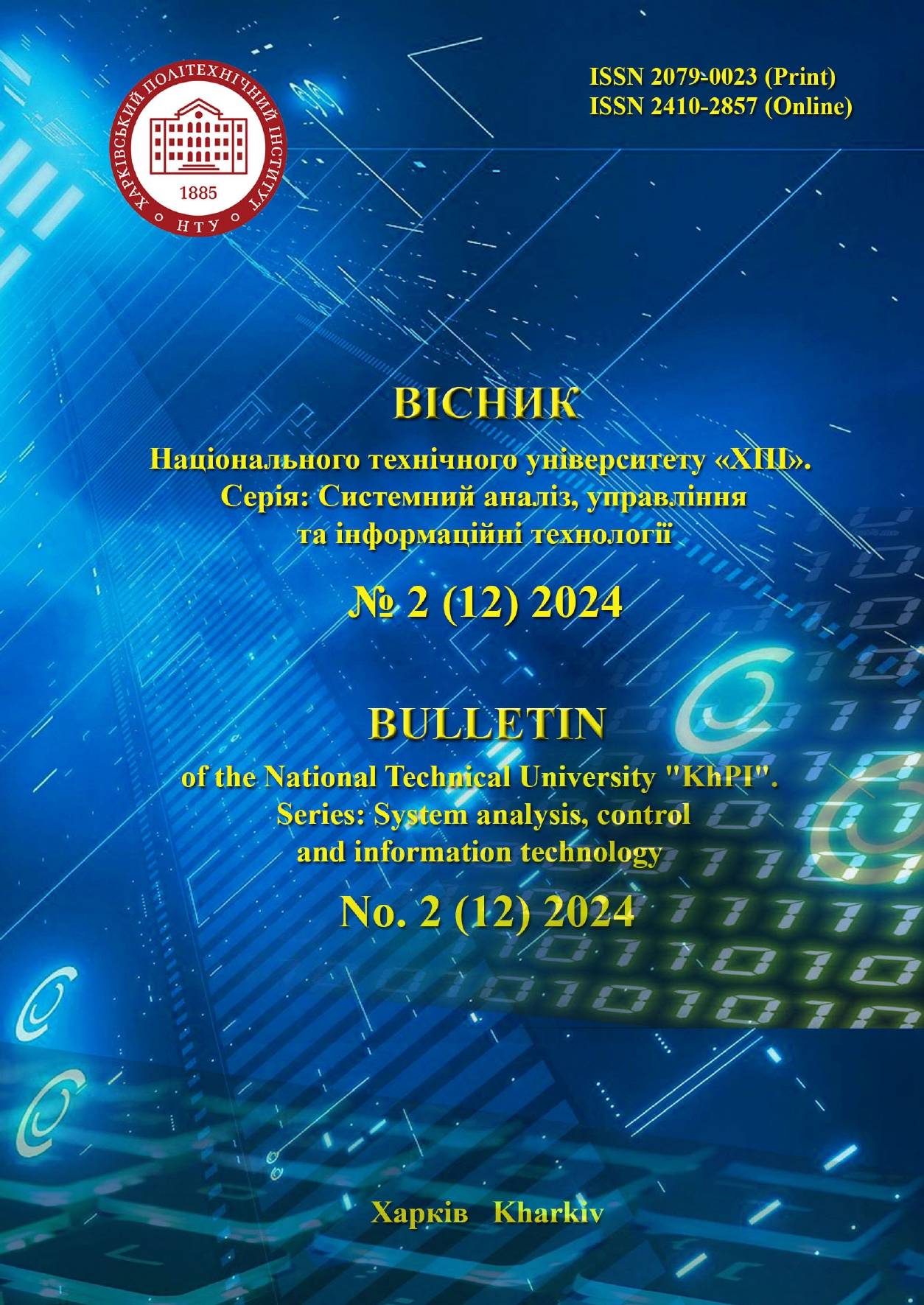ORCHESTRATION OF CUSTOMER INTERACTION WORKFLOWS IN ENTERPRISE APPLICATIONS
DOI:
https://doi.org/10.20998/2079-0023.2024.02.16Keywords:
workflow orchestration, event-driven approach, client interaction, asynchronous operationsAbstract
Process automation is an important factor in the development of modern corporate systems, in particular e-commerce systems. One of the tasks that must be solved during development of such systems is the orchestration of customer interaction processes, which are asynchronous in nature. Modern popular orchestration frameworks (Airflow for example), are not very well adapted to simultaneously waiting for a response from the client for a large number of workflows. This leads to unnecessary costs of computing resources and a decrease in the economic efficiency of the system. This paper considers the task of building a system for orchestrating customer interaction workflows based on an event-driven approach. Instead of a sequential-like centralized execution of the graph model of the workflow, it is proposed to present the workflow as a sequence of events and the system's reactions to them, which eliminates the need to explicitly wait for a response from the client. In such model workflow operations will be performed during event processing, and the transition to the next operation will occur by sending a new message with a description of the operation. Centralized and distributed approaches for performing transitions between workflow operations are considered, the advantages and disadvantages of each of them are shown. The implementation of waiting for client response is also considered, for which it is proposed to store the message tied to the client session identifier in a specialized storage before starting interaction with client. And after receiving data from the client, add them to the message and send it back to the message queue to continue the workflow. Taking into account the possibility of using handlers written in different programming languages, JSON format based description of workflow model is proposed to be used. One of the approaches to building model description format is described and its use for demonstrating example of a workflow. The results of the study can be useful when creating systems for orchestrating workflows of interaction with the client.
References
Uzoka A., Cadet E. Ojukwu P.U. Leveraging AI-Powered chatbots to enhance customer service efficiency and future opportunities in automated support. Computer Science & IT Research Journal. 2024. Vol. 5(10). P. 2485–2510. DOI: 10.51594/csitrj.v5i10.1676.
Hsu C.-L., Lin J.C.-C. Understanding the user satisfaction and loyalty of customer service chatbots. Journal of Retailing and Consumer Services, Vol. 71, 103211. DOI: 10.1016/j.jretconser.2022.103211.
Ruiter J., Harenslak B. Data Pipelines with Apache Airflow. Manning, 2021. 480 p.
Sbarski P., Cui Y., Nair A. Serverless Architectures on AWS, Second Edition. Manning, 2022. 256 p.
Deferrable Operators & Triggers. URL: https://airflow.apache.org/ docs/apache-airflow/stable/authoring-and-scheduling/deferring.html (access date: 10.12.2024).
Hohpe G., Woolf B. Enterprise Integration Patterns: Designing, Building, and Deploying Messaging Solutions. Addison-Wesley, 2003. 736 p.
Stopford B. Designing Event-Driven Systems. O`Reilly Media Inc., 2018. 171 p.
Roy G. RabbitMQ in Depth. Manning, 2017. 264 p.
Shapira G, Palino T., Sivaram R., Petty K. Kafka: The Definitive Guide, 2nd Edition. O`Reilly Media Inc., 2021. 485 p.
Zhang C. Celery. A detailed guide on how Celery asynchronous task queue works. URL: https://python.plainenglish.io/asynchronous-task-queuing-with-celery-d9709364e686. (access date: 10.12.2024).
Custom Message Consumers. Celery documentation. URL: https://docs.celeryq.dev/en/latest/userguide/extending.html#custom-message-consumers. (access date: 10.12.2024)
Bray T. The JavaScript Object Notation (JSON) Data Interchange Format. IETF, 2017. DOI: doi:10.17487/RFC8259.
Downloads
Published
How to Cite
Issue
Section
License

This work is licensed under a Creative Commons Attribution 4.0 International License.
Authors who publish with this journal agree to the following terms:
- Authors retain copyright and grant the journal right of first publication with the work simultaneously licensed under a Creative Commons Attribution License that allows others to share the work with an acknowledgement of the work's authorship and initial publication in this journal.
- Authors are able to enter into separate, additional contractual arrangements for the non-exclusive distribution of the journal's published version of the work (e.g., post it to an institutional repository or publish it in a book), with an acknowledgement of its initial publication in this journal.
- Authors are permitted and encouraged to post their work online (e.g., in institutional repositories or on their website) prior to and during the submission process, as it can lead to productive exchanges, as well as earlier and greater citation of published work (See The Effect of Open Access).


